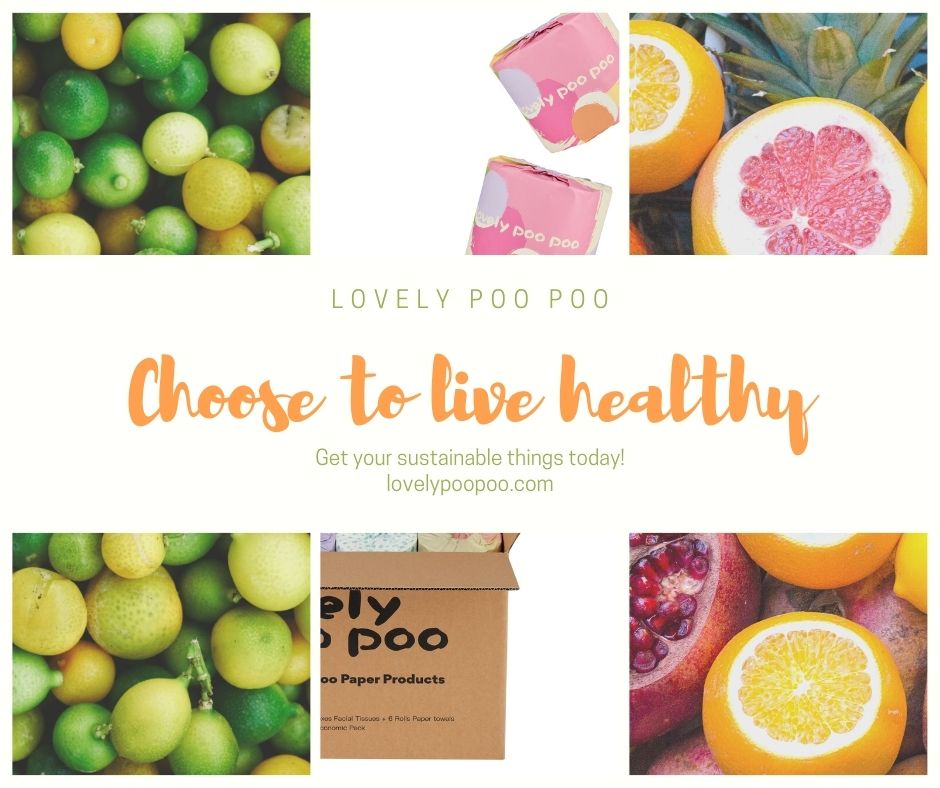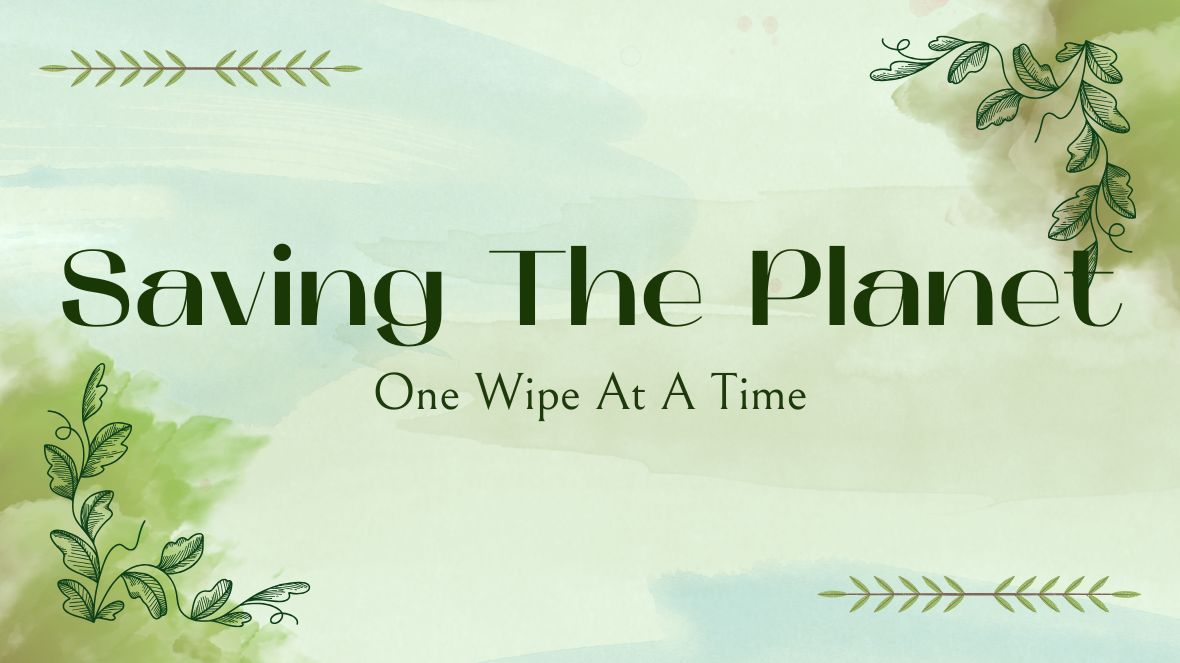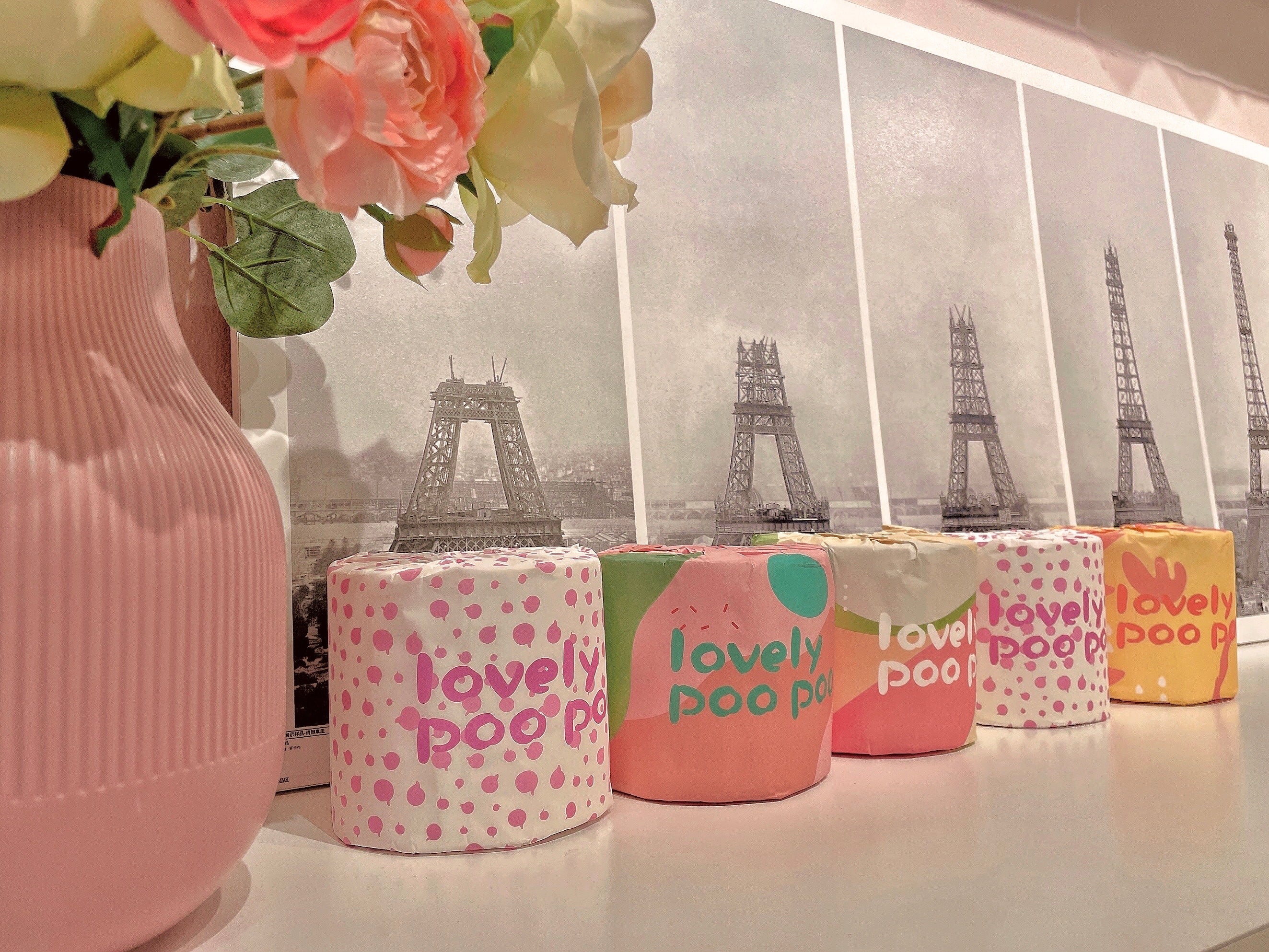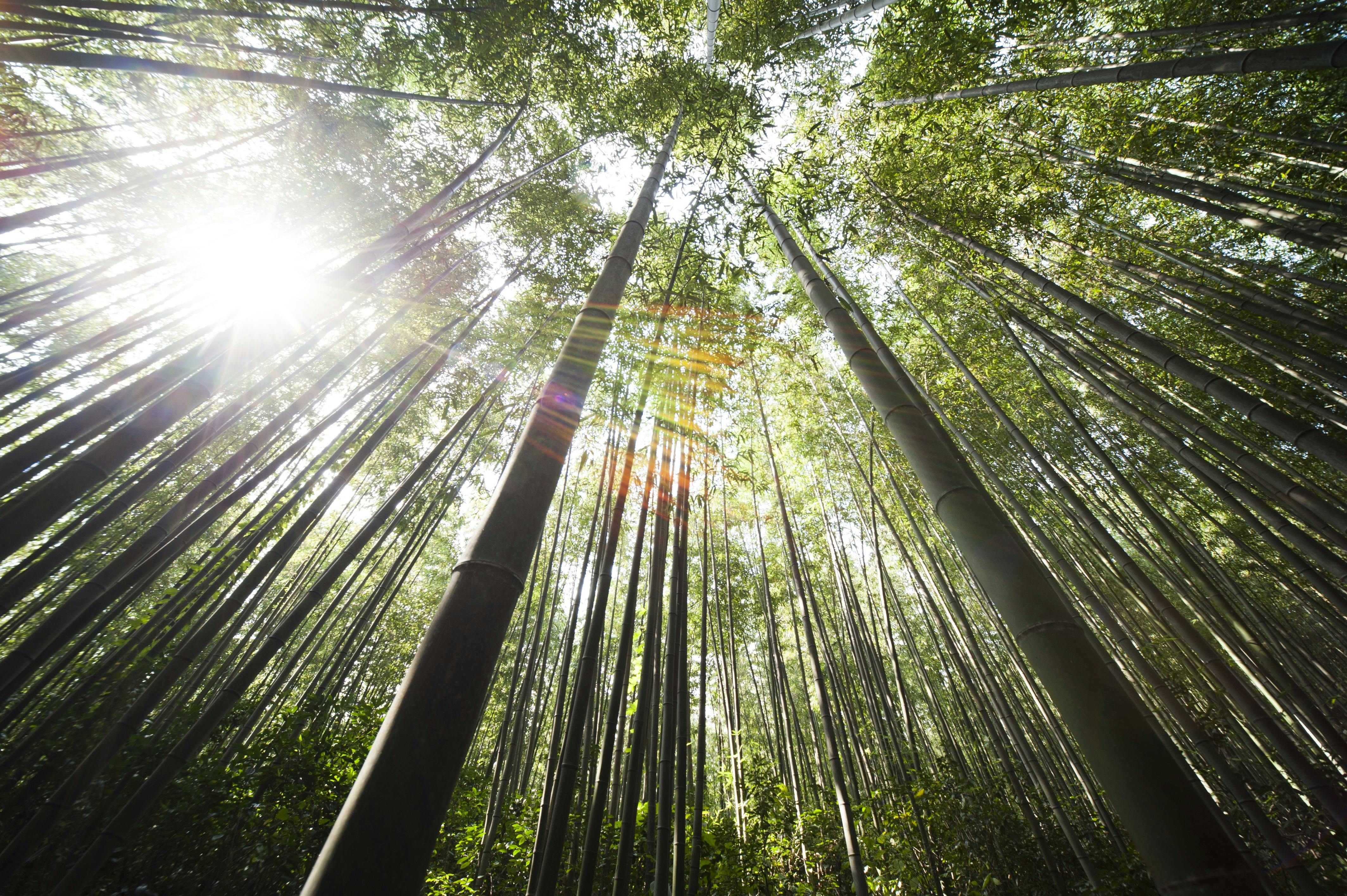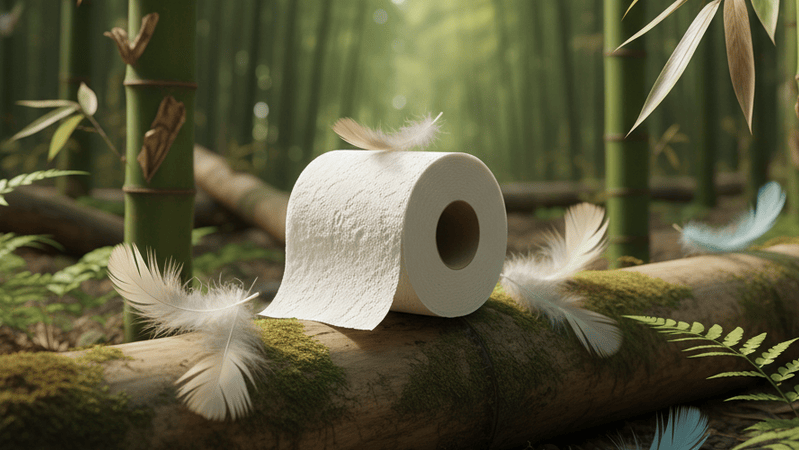Americans use more toilet paper than people in any other country in the world, according to a new study. U.S. companies' toilet paper production has damaged Canada, where the raw material is produced, and contributed to global warming.
Of course this includes everything from toilet paper to paper towels. American consumption habits put a lot of pressure on our forests. Disposable paper towel products such as toilet paper used in the United States are made from wood pulp, mainly from the Canadian boreal forest. U.S.-based logging companies cut down more than a million acres of forests each year—forests are critical to fighting climate change. An estimated 15 million trees are felled each year just to produce regular toilet paper for U.S. consumers. To address this, we researched different types of bamboo and other environmentally friendly alternatives to reduce paper production.
Why bamboo? ---Fast growing super giant grass
Bamboo can help control greenhouse gas emissions in two ways: as bamboo forests, which are huge carbon sinks, and as durable bamboo products, which store carbon and can replace wood, concrete and steel.
The secret to bamboo's success is that it is essentially a grass, not a tree. It grows fast, accumulates carbon quickly, has a huge root system and can be harvested annually. This makes bamboo a rapidly regenerative resource capable of providing more biomass than natural forests and plantations. Once grown, it can be selectively harvested each year and used to make a variety of durable products, locking in the carbon for the life of the product.
The high yield of bamboo makes it an amazing carbon sink and an important natural means of mitigating global warming. A study estimated that one hectare of bamboo and its products can store 306 tons of carbon over 60 years, while the carbon storage of Chinese fir under the same conditions is 178 tons.
On a per capita basis, Americans are estimated to use 141 rolls per year, followed by Germany with 134 rolls and the UK with 127 rolls. Some others of note are France's 71 volumes per year and Brazil's 38 volumes per year.
And in recent years, the price of pulp, the raw material of paper products, has been soaring. Since the second half of 2017, the prices of international softwood pulp and hardwood pulp have risen by 24.3% and 26.6% respectively. One of the main reasons for the continuous rise in pulp prices is the shortage of raw materials. As the scarcity of wood continues to increase, the limited supply of raw materials further enhances the bargaining power of enterprises. At the same time, as the environmental protection department implements stricter control policies for the paper industry, the supply of raw materials has been affected to varying degrees in terms of production and waste paper imports.
Many people are confused about how to dispose of used toilet paper. After all, few people can say for sure what to do with used toilet paper. Generally speaking, there are two ways to dispose of used toilet paper, one is to throw it directly into the trash can, and the other is to throw it directly into the toilet.
This is true of most toilet paper, so when the toilet paper is flushed, it usually disintegrates and disintegrates in the water. The decomposed toilet paper forms toilet paper waste, which travels with the water to the sludge pond during the water treatment process
If toilet paper is thrown in the trash, it will end up in toilet paper landfill waste along with other waste. Landfills are a serious warning area because they can leach harmful chemicals into the environment if not maintained properly. Methane is one of the most common chemicals associated with landfills -- because it's a more potent gas than carbon dioxide.
So, in short, it's best to flush toilet paper and make sure you're using biodegradable, eco-friendly toilet paper, which breaks down more easily in our water supply.
We've now covered some issues related to common toilet paper, both making it and disposing of it. So, what are some low-impact toilet paper alternatives? If you're looking to change your lifestyle, check out a few different options below.
What are the alternatives to toilet paper?
Here are three sustainable alternatives to toilet paper:
1. Recycled toilet paper
Recycled toilet paper is made from recycled paper products. While it still gets flushed like traditional toilet paper, it has much less of an impact on the production environment. It's made from recycled materials ensuring no new trees are felled to make paper and reducing damage to our forests
2. Bidet
Bidets are another option, very common around the world. They are a great alternative to traditional toilet paper because they only use water for cleaning. Many consumers still use toilet paper while using the bidet, but only a few sheets are used, which greatly reduces their usage rate. There are now many simple bidet attachments that can also be easily applied to existing toilets.
3. Bamboo toilet paper
Bamboo toilet paper is made from one of the fastest growing plants on earth. Bamboo's rapid growth and its durability make it an excellent alternative to traditional toilet paper. Bamboo toilet paper is not only sustainable, but also biodegradable, helping toilet paper waste management. Check out our bamboo paper products that are just as soft and durable as traditional toilet paper. This way you save money while helping the planet. Plus, we've included a range of fun toilet paper for kids right on the pack, making it easy to teach them about sustainability.
4. Reusable Cloth
This may be the hardest alternative to catch on, but it's still a sustainable alternative to traditional toilet paper. Many consumers have devised their own "disposal" programs for these cloths, allowing them to separate them from all other items and clean them thoroughly, and dispose of cleaning waste in an easy manner. By switching to rags, you will drastically reduce your toilet paper usage.
While some of these options may seem easier than others, any small change you can make to reduce toilet paper in landfills is an important step. The longer we continue with the same habits when it comes to toilet paper and other paper products, the more damage we do to the environment. When it comes to the choice of toilet paper, many people subconsciously think that only toilet paper produced by trees. In fact, there is already a better and more effective "toilet paper", which is bamboo toilet paper. Bamboo toilet paper, as the name suggests, is toilet paper made of 100% bamboo fiber.
Bamboo toilet paper has good degradability and is more environmentally friendly, and is deeply loved by people in developed countries such as the West. Better cleaning effect and more comfortable use. It is more convenient and hygienic than ordinary toilet paper, and it is also more beneficial to people's health.
So choose Lovely Poo Poo Bamboo Toilet Paper and enjoy a healthy life!
